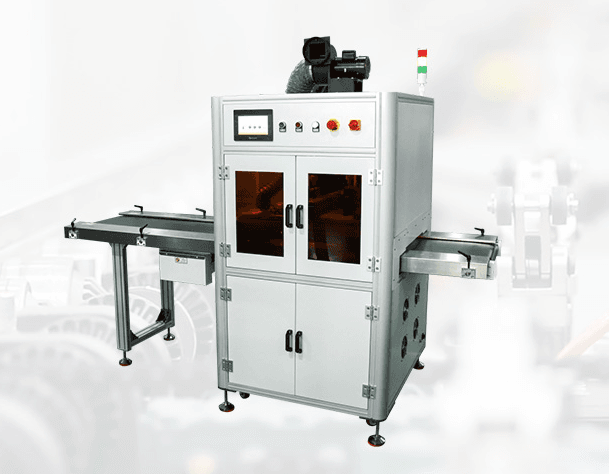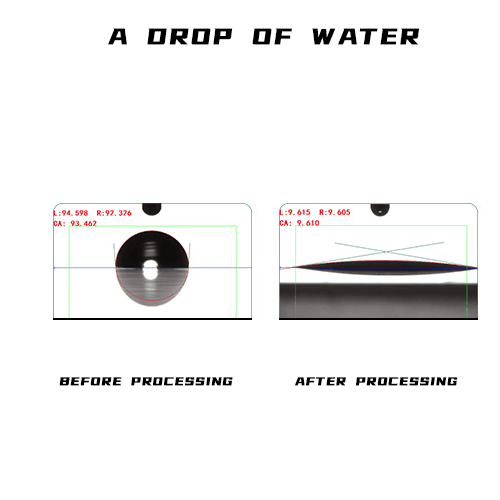What is Plasma Surface Treatment?
Plasma surface treatment is a process that utilizes plasma—a highly energetic state of matter—to interact with a material’s surface. Plasma is generated in a low-pressure environment, where ions, electrons, and excited molecules are formed. When these plasma components come into contact with a material’s surface, they cause physical and chemical changes that enhance surface properties.
Types of Plasma Surface Treatment
There are several types of plasma treatments available, each suited to specific material types and processing requirements. Some common methods include:
- Low-Temperature Plasma: This method is ideal for treating heat-sensitive materials such as plastics and polymers, where high temperatures might cause deformation or damage.
- DC Plasma (Direct Current Plasma): DC plasma is commonly used for cleaning and activation of metallic surfaces, offering efficient treatment with a straightforward setup.
- RF Plasma (Radio Frequency Plasma): RF plasma treatment is widely used in more complex processes, including semiconductor manufacturing, and can provide highly uniform treatment with greater precision.
Different types of plasma surface treatment machines utilize various methods, including low-temperature plasma, DC plasma, and RF plasma, allowing the selection of the appropriate equipment and treatment process based on the material and processing requirements.
Plasma Technology for Surface Activation, Cleaning, and Coating Adhesion
In today’s manufacturing and industrial environments, the demand for high-quality surface treatments has never been greater. Plasma surface treatment technology has emerged as a powerful and efficient solution for improving the properties of various materials, including plastics, metals, glass, and ceramics. This article explores the versatile applications of plasma technology, particularly in the areas of surface activation, cleaning, and enhancing coating adhesion.
Key Applications of Plasma Surface Treatment
1. Surface Activation
One of the primary applications of plasma surface treatment is surface activation. This process involves increasing the surface energy of a material, making it more reactive and improving its ability to bond with adhesives, coatings, or other materials.
Plasma treatment creates functional groups on the material’s surface, such as hydroxyl, carboxyl, or amino groups, which can significantly improve the material’s adhesion properties. This is particularly beneficial for materials like plastics and metals that often present challenges when bonding or coating. Industries such as automotive, electronics, and packaging regularly use plasma treatment for surface activation before painting or applying adhesives to ensure strong, durable bonds.
2. Surface Cleaning
Plasma surface treatment is also widely used for cleaning materials. In this process, the plasma removes contaminants such as oil, dirt, dust, and oxide layers from the surface. The cleaning effect is highly efficient, as plasma can target even microscopic particles that are difficult to remove through traditional cleaning methods.
For example, plasma cleaning is often employed in the electronics industry to prepare surfaces for precise manufacturing processes like soldering and bonding. By removing unwanted residues, plasma treatment ensures that the final product will meet stringent quality standards.
3. Coating Adhesion Enhancement
In many applications, achieving strong and reliable adhesion between coatings (such as paints, varnishes, or glues) and the surface is critical. Plasma surface treatment increases the surface energy of the material, which in turn enhances the adhesion of coatings.
This is particularly useful in industries where coatings are essential for corrosion protection, aesthetic purposes, or functionality. Plasma treatment can be applied to a wide range of materials, including metals, plastics, and glass, to improve the bonding of paints, adhesives, and other coatings. For example, before applying a protective coating on a metal surface, plasma treatment can improve the coating’s adherence, leading to better performance and durability.
Advantages of Plasma Surface Treatment
1. Environmentally Friendly
One of the significant advantages of plasma technology is that it is an environmentally friendly process. Plasma treatment does not require the use of harmful chemicals or solvents, making it a safer and more sustainable alternative to traditional surface treatment methods. This is particularly beneficial in industries where environmental regulations are stringent, such as aerospace, automotive, and electronics manufacturing.
2. Precision and Control
Plasma treatment allows for precise control over the process, ensuring that the material’s surface is treated uniformly without affecting its bulk properties. This level of control is essential for industries that require exact specifications and high-quality finishes.
3. Versatility
Plasma surface treatment is highly versatile and can be applied to a wide range of materials, including metals, polymers, ceramics, and composites. It can also be used for various applications, such as cleaning, activation, etching, and coating adhesion enhancement. This makes plasma technology an indispensable tool across many industries, from automotive and aerospace to medical devices and consumer electronics.
4. Increased Durability and Performance
By enhancing coating adhesion and improving surface properties, plasma treatment helps to extend the life and performance of materials. This is especially important in industries where components are exposed to harsh environments or where long-term durability is required.
Get your material report for free
Send us your samples and we will test them for you free of charge.


